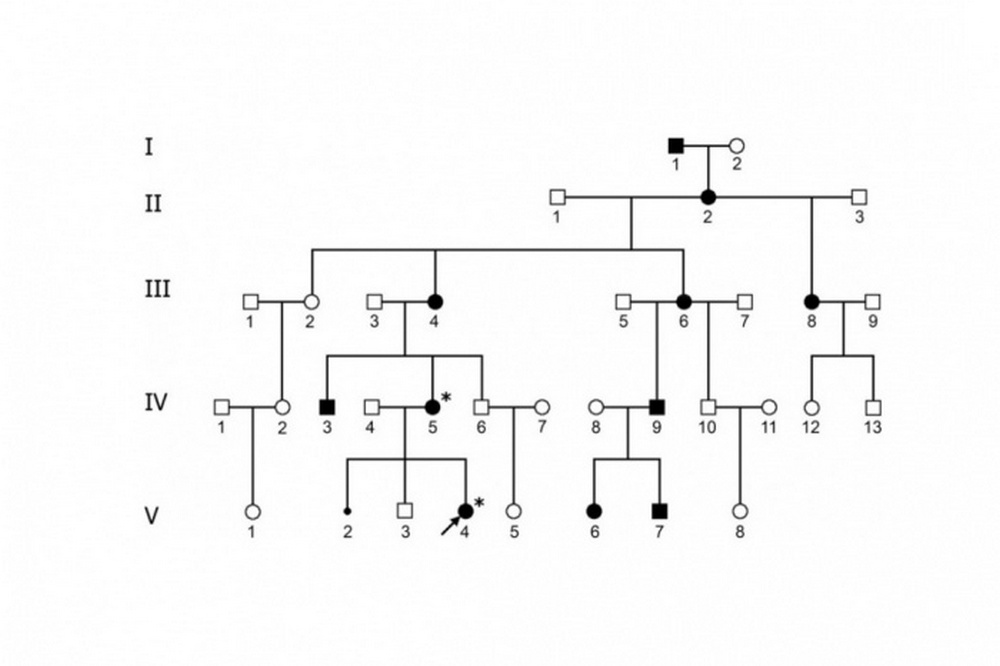
The scientists of the World-Сlass Research Centre for Personalized Medicine (WCRC) published the first article summarizing the results of a study that was conducted in the area of unknown, rare and genetically determined diseases and involved a very in-depth, advanced testing of a family with congenital heart and limb abnormalities.
The case was peculiar in that for many generations this family has had a congenital limb deformity that did not impair their ability to live an active lifestyle. But one of the family members, a small child, had severe heart damage, which is not a typical phenotype. In this context, the task of scientists was to search for the features of this mutation, which led to the formation of such a rare, unique phenotype.
It was possible to identify these molecular mechanisms only due to the availability of high-tech equipment and the ability to conduct a world-class laboratory testing. New-generation sequencing, ultrastructural chromosome analysis, microarray chromosome analysis and exome sequencing were performed. The conclusion was that this unique mutation affects certain regulatory sites in the patient's genome leading to the formation of a congenital defect.
This study is fully in line with the topic of the WCRC on identifying unknown rare and genetically determined diseases and it turned out to be a good example of the joint work at several divisions of Almazov Centre and research departments of the WCRC. The study involved specialists from the laboratory for the registry of rare understudied diseases, pediatricians, neonatologists, cardiac surgeons, pediatric cardiologists. A large amount of testing was carried out in the molecular genetic laboratory and ultrastructural analysis was performed, including a large amount of basic research.
